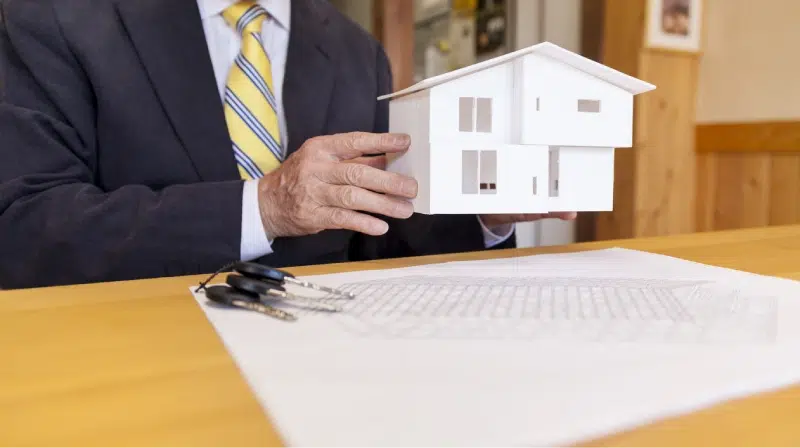Proving Bad Faith in an Owner Move-In Eviction or Capital Improvements Eviction
(OMI is also sometimes referred to as relative move-in, OMI, LMI, or landlord move-in eviction)
The best way to fight an Owner Move-In Eviction is to find out everything you can about the owner and the owner’s relatives, if applicable. It is important to keep in mind that it may not be in your best interest to tell the landlord about information you gather. Talk to a tenant attorney before attempting to use any of the information to your advantage. Here are the steps to researching your landlord:
Researching Your Landlord
1. Owner’s Properties and Ownership History
It is important to get a complete ownership history of all the properties that an owner has owned or owns. For San Francisco properties, this research can be done at the Assessor Recorder’s office. Gather information about purchase price and date, changes of ownership, partial ownerships, names of co-owners, mortgage amounts, refinances, and dates of any home improvement mortgages. Keep a separate record for each property and add information as you continue your research.
2. Owner’s Current Place of Residence
Try to discover where the landlord resides. At the Assessor Recorder’s office you can determine where tax statements are mailed. It is also possible to run an online background check. In some instances, a private investigator may be necessary. While this option may seem expensive, it is important to consider how much you will lose in rent if you have to give up your rent controlled apartment.
3. Why Not Other Units?
One good indicator of bad faith is the targeting of the unit with the lowest rent regardless of amenities and location. For example, think about why your landlord would want to move into a top unit versus a bottom unit, or vice versa. Does your landlord or your landlord’s relative have a disability? Do they have children? How many rooms do they need?
4. Research Past Evictions on All Landlord Properties
Once you have the addresses of all of the landlord’s properties, take these to the San Francisco Rent Board and pull up all evictions filed. Though any eviction is suspicious and should be researched in detail, look especially for evictions based on nuisance, capital improvements, Ellis Act, or owner move-in. Ask the clerk to pull the eviction notices and make copies.
5. Find Lawsuits at the Court
At the Superior Court, lookup your landlord’s name to see if the landlord has been involved in eviction lawsuits or wrongful eviction lawsuits. Ask the clerk for copies of the eviction actions and make a note of tenant names and the types of evictions.
6. Research Tenants, Especially Evicted Tenants
Using the eviction notices and unlawful detainer lawsuits, contact all tenants who have been evicted by your landlord. Consider paying a nominal fee to use an online people tracking company to find current contact information. This is well worth it. Evicted tenants will have a lot of information because they went through the same process and may have been told the same things as you. Current tenants may also prove helpful in building your case, but it is wise to talk with a tenant attorney before contacting them. Current tenants may be friendly with the landlord and tip the landlord off about your research.
7. Building Permit History
A landlord who is acting in bad faith has usually done a lot of construction, updating units for sale. Once you have a list of the properties owned. Go to the Department of Building Inspection website and see what permits the landlord has pulled.
8. Principal Place of Residency
An owner or relative can have only one “principal place of residence.” This is defined as “the permanent or primary home” and must be “more than temporary or transitory.” Evidence that a unit is the owner’s principal place of residence includes:
- It is the address for owner’s car registration, driver’s license, or for any other public purpose;
- Utilities are installed under the owner’s name at the address;
- All of the owner’s personal possessions are in the property;
- The owner takes a homeowner’s tax exemption for the property;
- It is the address for the owner’s voter registration;
- It is the address for owner’s post office address change;
- The owner normally returns to the property after military service, hospitalization, vacation, or travel necessitated by employment;
- The owner gave notice to move at another property; and
- The owner sold or placed on the market for sale their other home.



